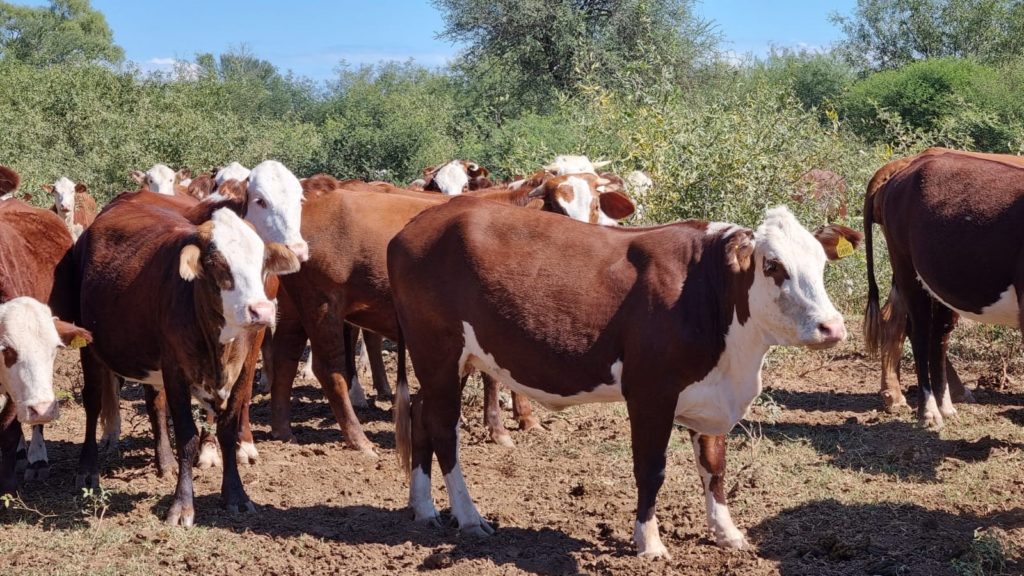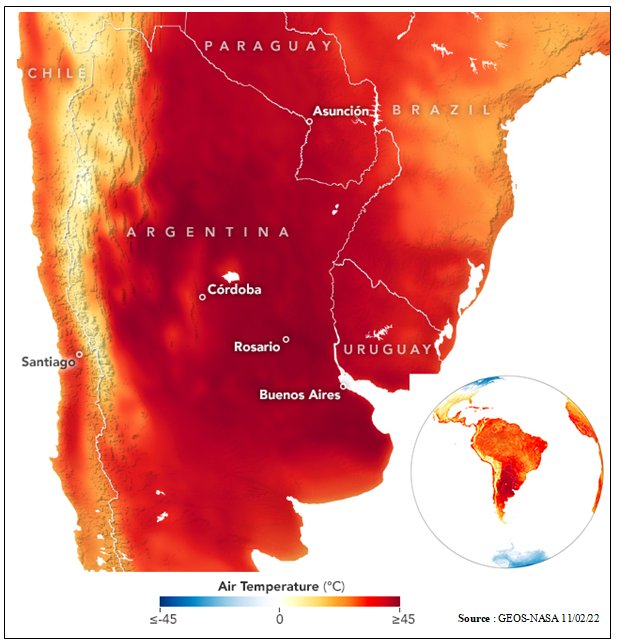Situation/weather: Rains are back but remain still below the historical average for the season. Cumulative rainfall for July-April were 38% below the normal level. Stronger rains are forecasted in July. Winter period should also be warmer than usually. Short term, rainfall helped the regrowth of the pasture which were lacking. Soil will need time to recover from the intense drought the region faced earlier.

Cattle operation: We have around 6,000 heads at the farm, in fantastic shape as you can see. We are currently testing pregnancy of heifers previously inseminated. So far, we have registered around 2,000 births.

In terms of beef production, we reached 53% of the annual objective by end of April with 325 tons of production. Given the drought and all its implications, we will not be able to reach our annual beef production objective of 620 tons. However, we could maintain a high pregnancy ratio and a great shape of the herd which is essential to generate future incomes.


As previously mentioned, we are in the peak season of cattle sales. During May, we are going to sell 220 female calves and 260 calves. Market prices are at their peak (they could be higher if quotas were lifted). After 2 complicated years for the sector, economical results are improving and again profitable, the, although uncertainty persists due to the strong volatility and high prices of grains. Meanwhile, breeders highlighted the good wintering prices and the importance of beef exports to China.

































